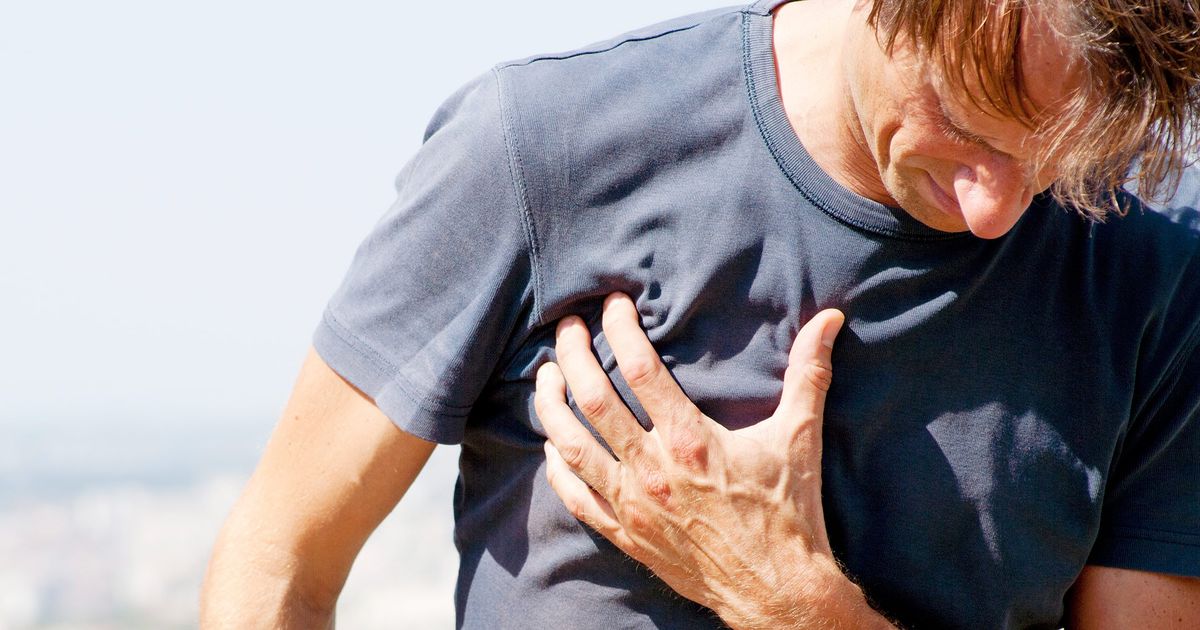Chronic Obstructive Pulmonary Disease (COPD) Overview
Chronic obstructive pulmonary disease (COPD) is a chronic inflammatory lung disease caused by damage to the lungs, which makes it hard to breathe. Often, COPD is a result of many years of smoking, which irritates the airways and destroys the fibers within the lungs. Typically, it takes years of lung damage until symptoms begin to arise, with most patients diagnosed in their sixties. Some risk factors include smoking, breathing chemicals fumes, dust, air pollution, and secondhand smoke.
Causes Of COPD

COPD is often associated with smoking or being affected by secondhand smoke. Over time, the smoke from cigarettes irritates the bronchial tubes and damages the elastic fibers that allow the lungs to expand and contract when breathing. COPD develops over time and is usually diagnosed in people over the age of forty.
Some other causes of COPD can be due to dust and chemicals in the workforce, secondhand smoke, wood smoke, frequent lung infections as a child, biomass fuels used for cooking, and genetics, such as an alpha-1 antitrypsin deficiency.
Signs And Symptoms Of COPD

The symptoms of COPD tend to appear after the significant damage has occurred to the lungs, and the symptoms progress, especially if the patient continues to smoke. The symptoms of COPD include wheezing, a tight chest, a chronic cough that may produce mucus, recurrent respiratory infections, lack of energy, and shortness of breath, especially during any physical activity.
As COPD progresses, it may cause other symptoms such as unintended weight loss, cyanosis, and swelling of the ankles, feet or legs. Patients may also experience exacerbations, which means their symptoms to worsen for a few days at a time.
